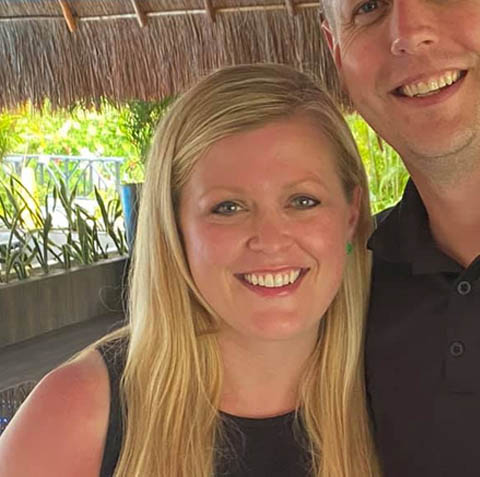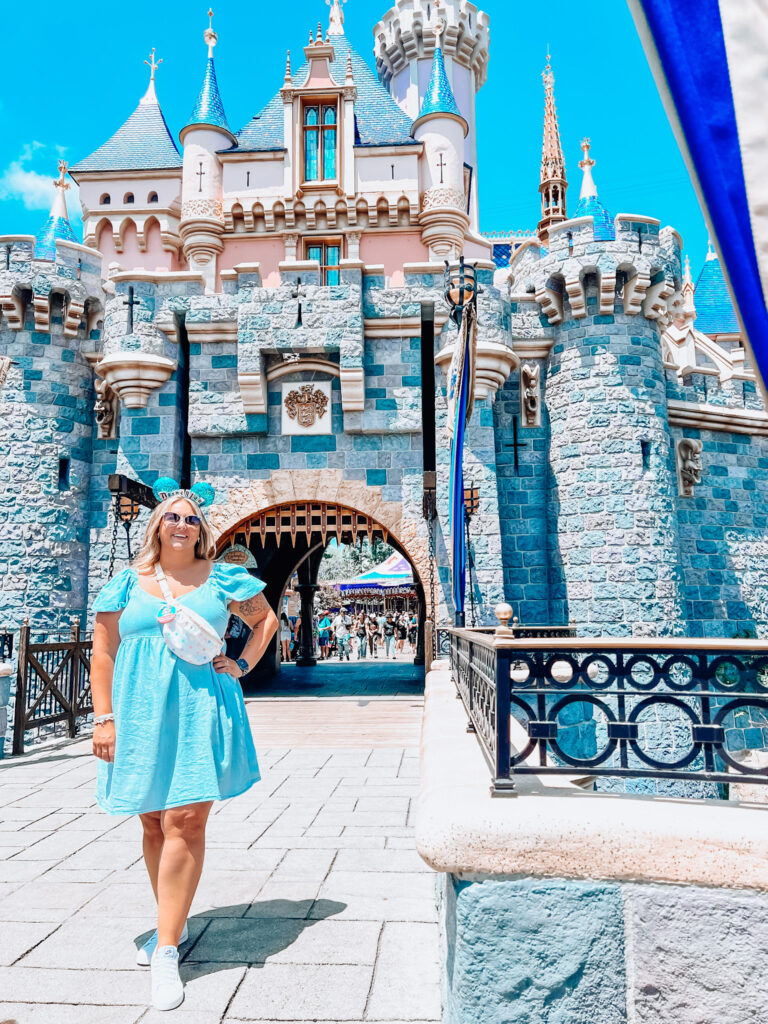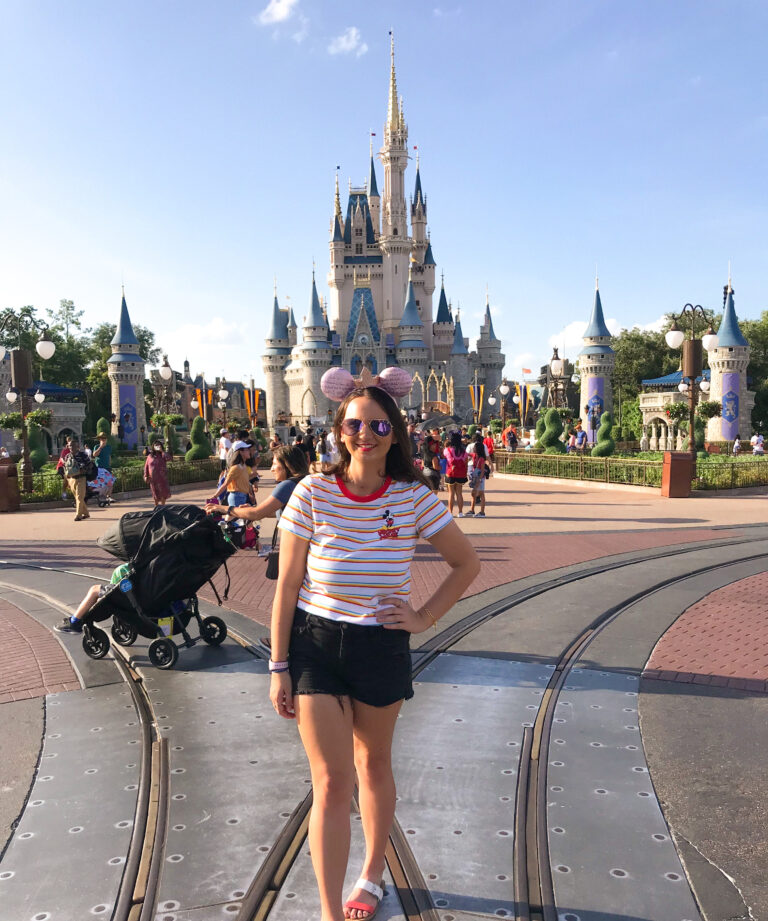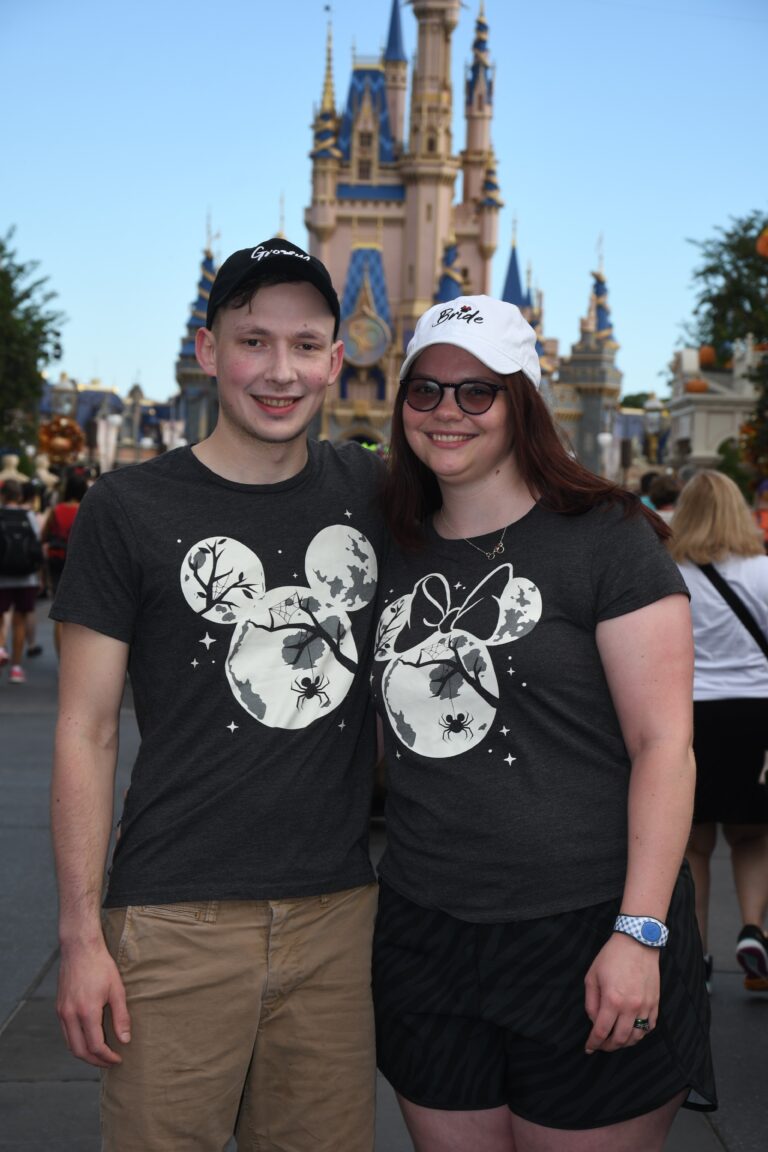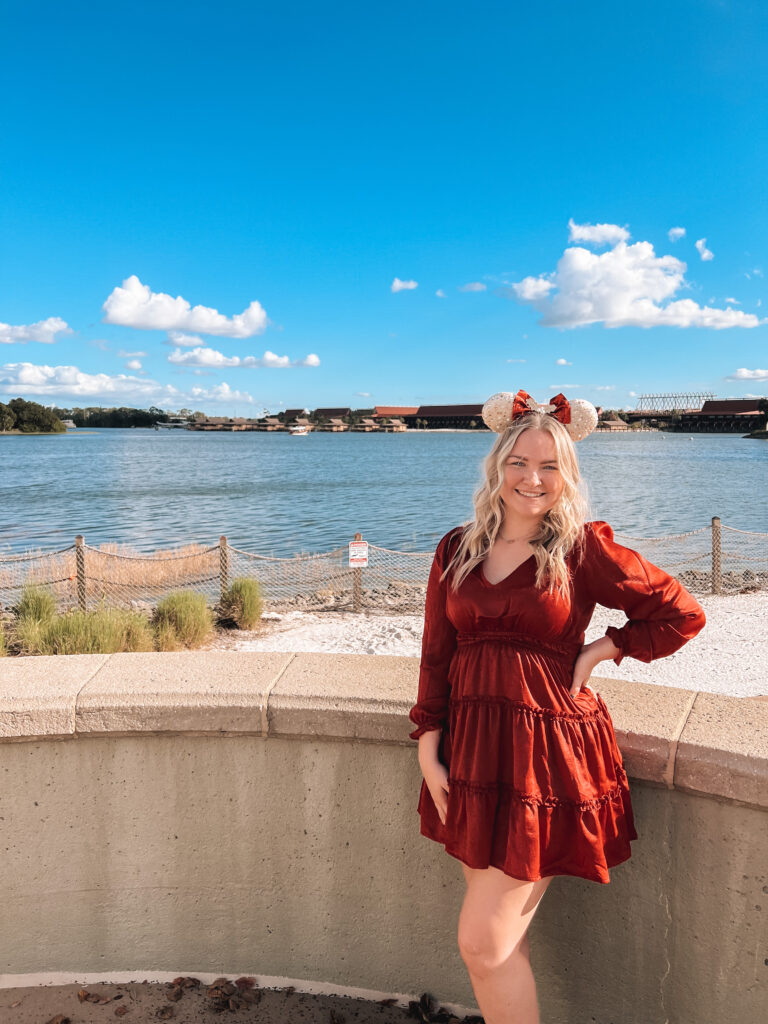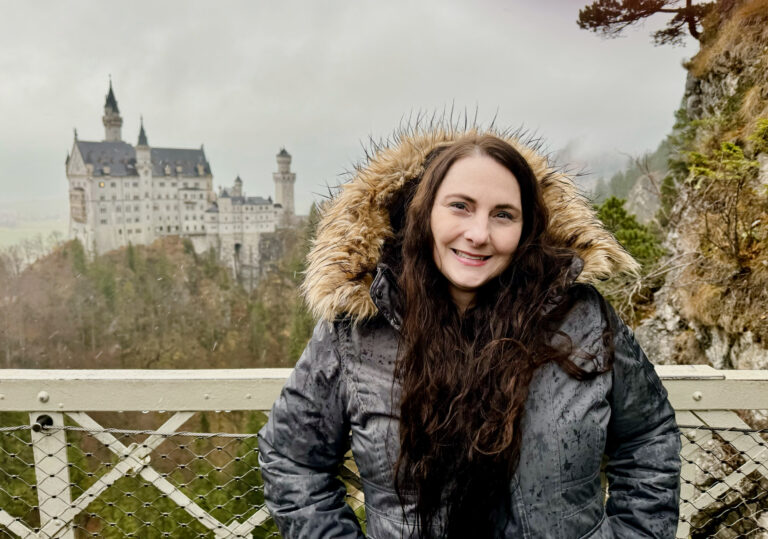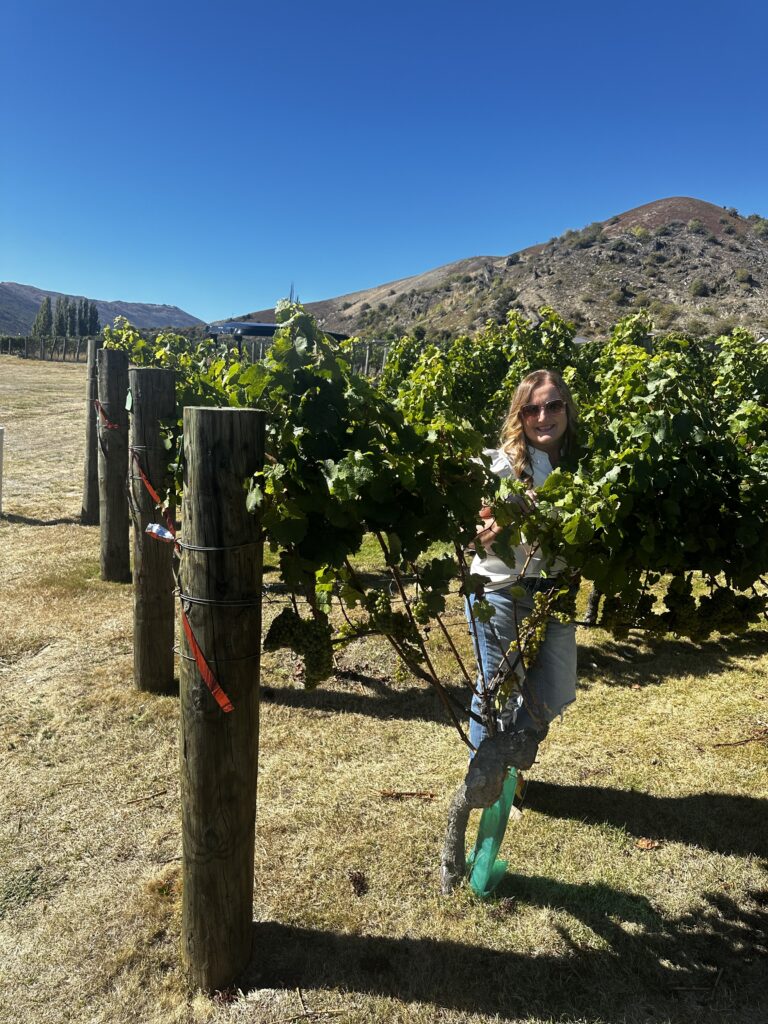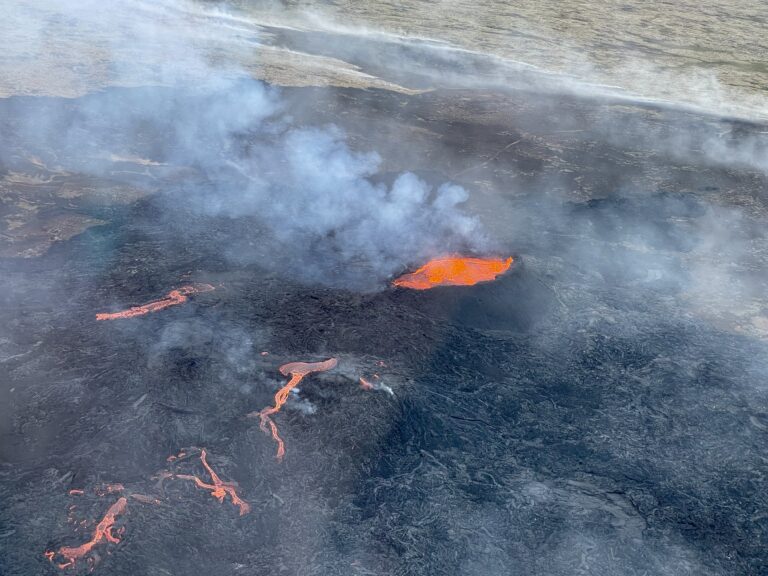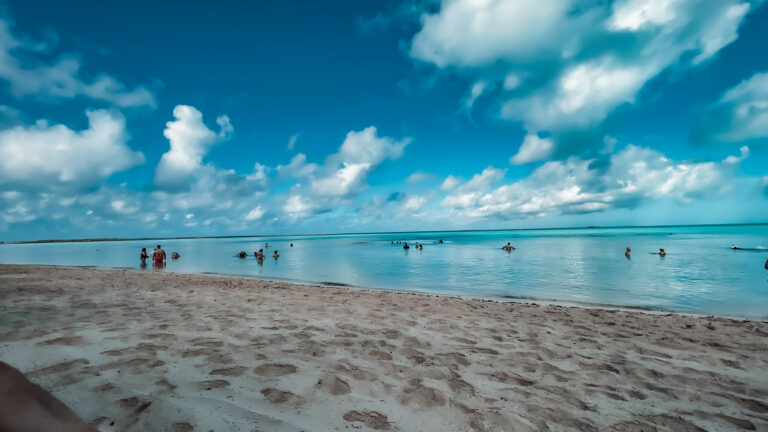Overview
Introduction

Nome is located on the northwest side of Alaska on the Bering Sea, 550 mi/885 km northwest of Anchorage. The town came into existence practically overnight after gold was discovered there in 1898.
The town's highlights include the Carrie McLain Memorial Museum (exhibits on the gold rush and the natural history of the area), the "train to nowhere" (turn-of-the-century locomotives rusting on the tundra) and the working gold dredges on the black-sand beaches. (There's still gold in that there dirt, and you can do some panning of your own.) Shop for jade, ivory, whalebone and soapstone carvings, along with gold and furs, and participate in a blanket toss (once will be enough). During the summer, mosquitoes descend in hordes, so take along insect repellent and head nets.
Nome is headquarters for the Bering Land Bridge National Preserve, an area of great anthropological importance. It's part of the landmass that extends across the Bering Strait, and—when the ocean was lower—it served as a bridge, allowing humans and animal species to migrate from Asia to the Americas. Today, the preserve provides subsistence living for Alaska Natives who hunt and fish. The tundra and volcanic formations are also the residence of brown bear, moose, musk ox, wolves and polar bears. More than 250 mi/400 km of dirt roads fan out from Nome over the expansive preserve. Bird-watching is best mid-May through mid-June when more than 150 migratory species pass through the area.
Nome is the terminus of the famous Iditarod Trail Sled Dog Race each March. The city's annual Midnight Sun Festival is in June, and its zany five-member-team Bathtub Race is held each September.














